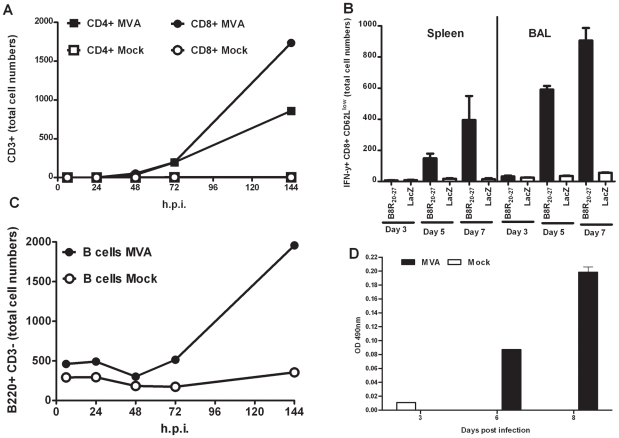Figure 1. Intranasal vaccination of mice rapidly induces cellular and humoral adaptive immune responses in the respiratory tract.
(A) Numbers of total CD3+ CD8+ (CD8+) and CD3+ CD4+ (CD4+) T cells in bronchoalveolar lavage (BAL) (mean pooled from three mice) at the indicated time points after inoculation with MVA (filled symbols) or mock vaccine (empty symbols). (B) Intracellular cytokine staining for gamma interferon (IFN-γ) in CD8+ CD62Llow spleen cells from individual mice (n = 6), or BAL cells pooled from 3 to 5 mice (mean ± SD from three independent experiments) stimulated with VACV specific B8R20–27 or control peptides (LacZ876) at 3, 5 and 7 days post MVA immunization. (C) Numbers of total B220+ CD3− B cells in BAL (mean pooled from three mice) at indicated time points after inoculation with MVA (filled symbol) or mock (empty symbol) vaccine. (D) MVA specific IgG levels in BAL fluids pooled from three mice at indicated time points after inoculation with MVA (filled bars) or mock (empty bars) vaccine. The graph depicts the OD 490 nm measured by ELISA at 1∶10 dilution of BAL fluid. All BAL data represent the results from two independent experiments.

